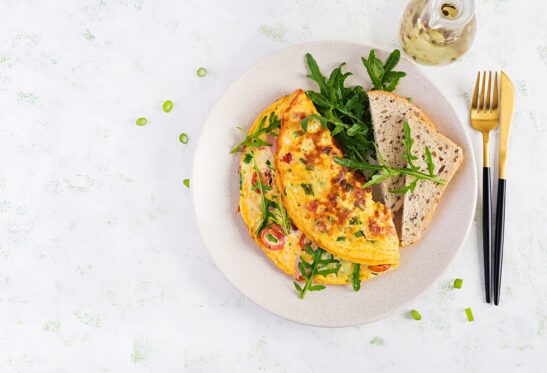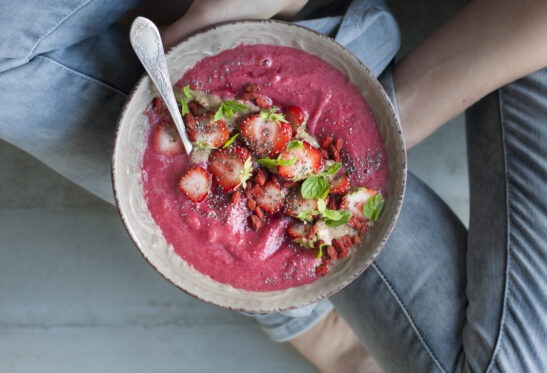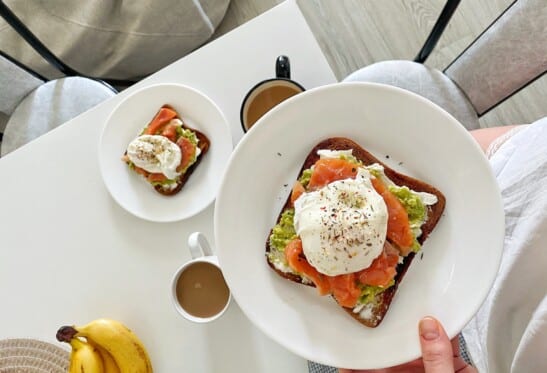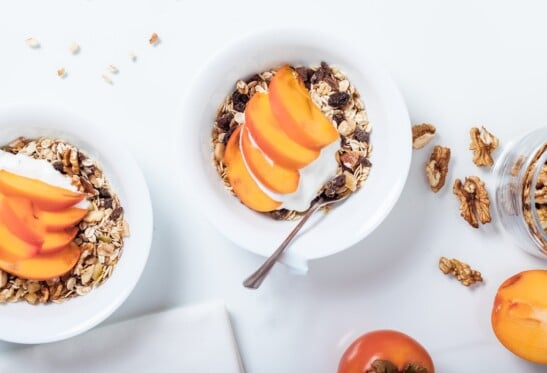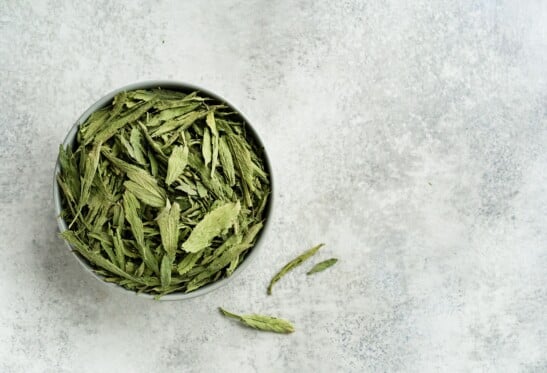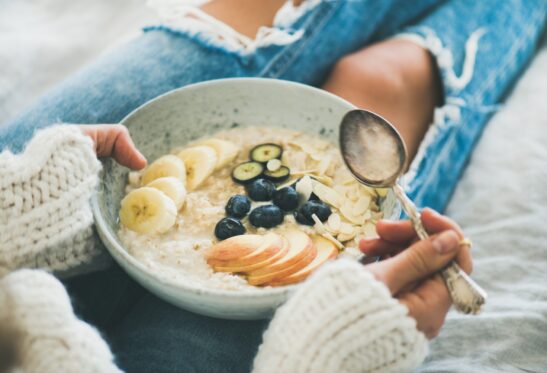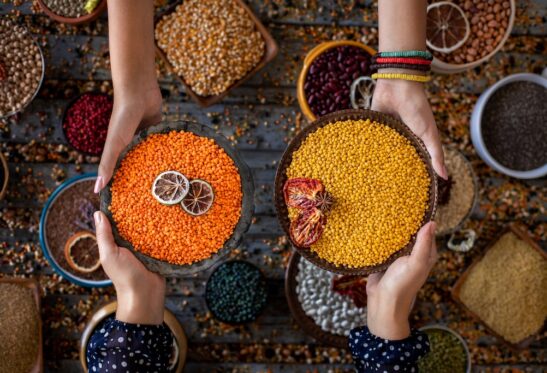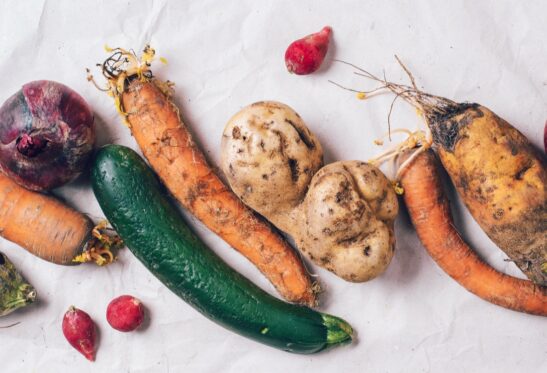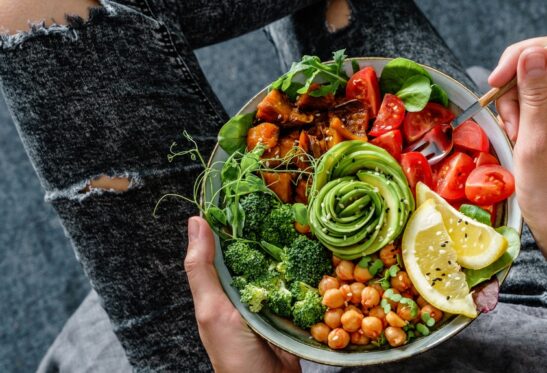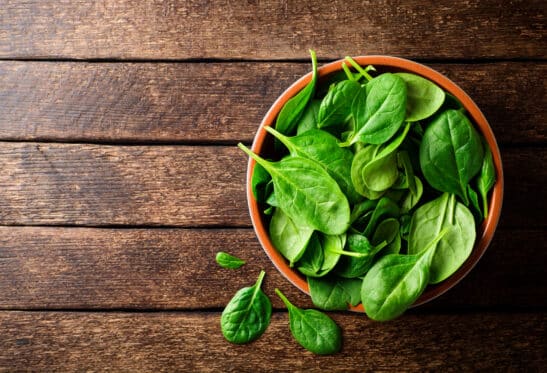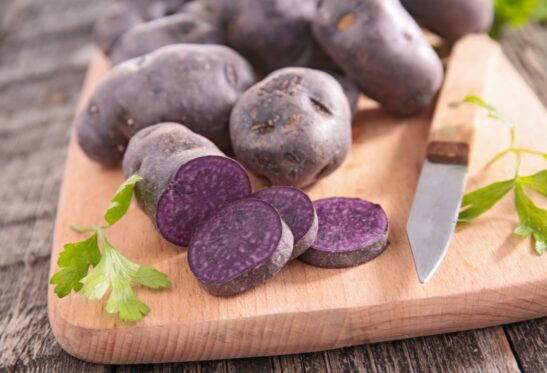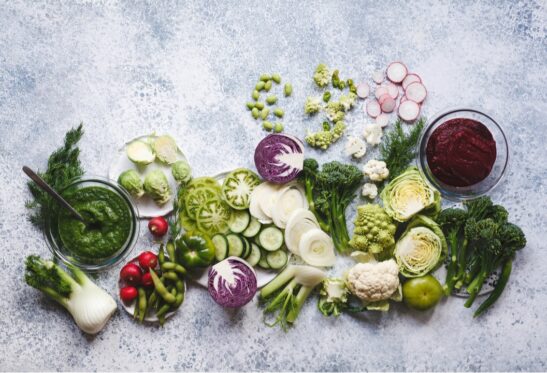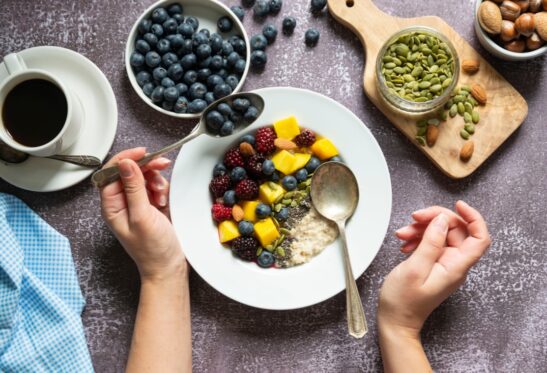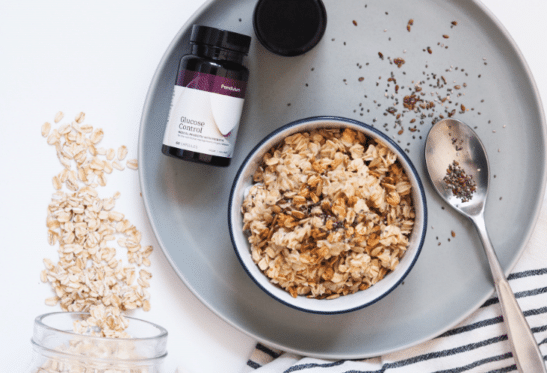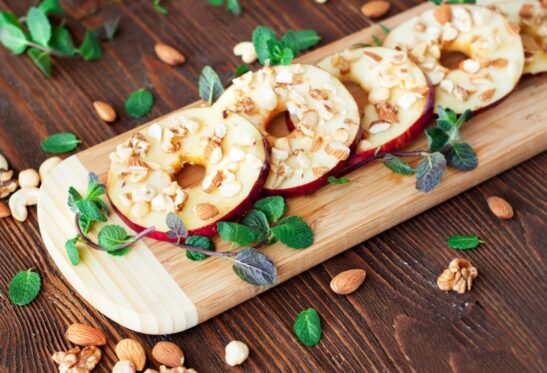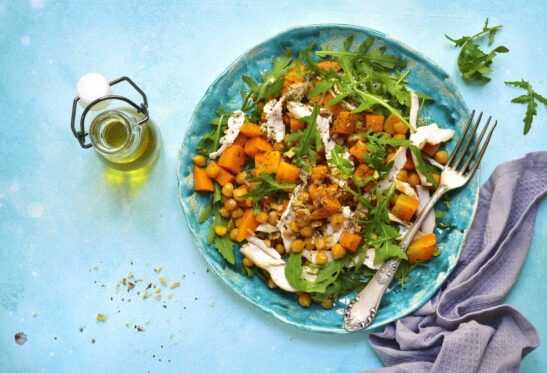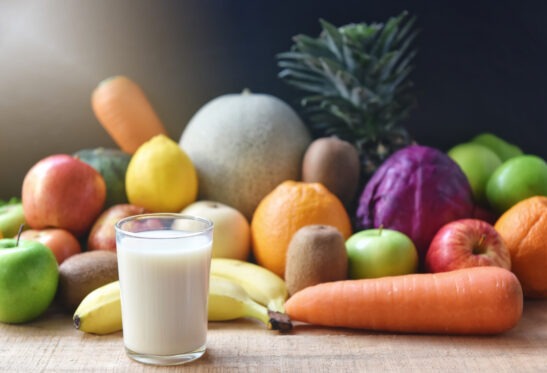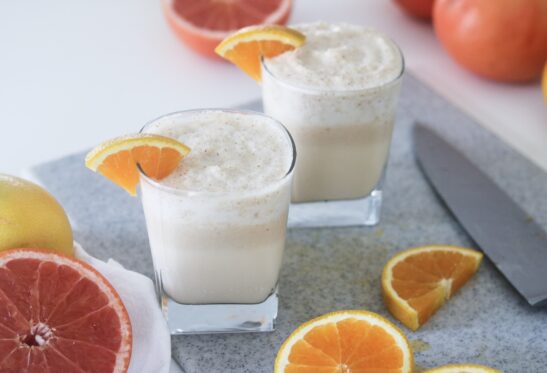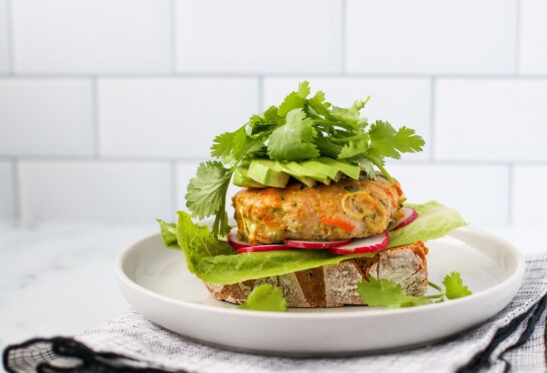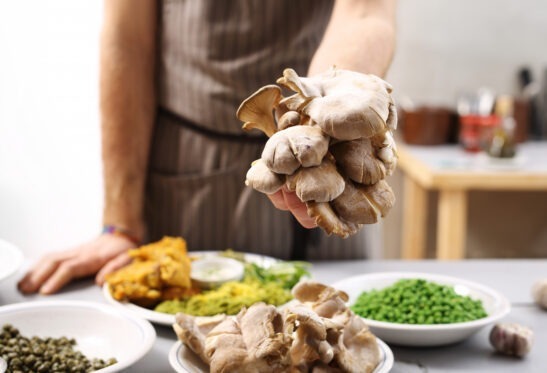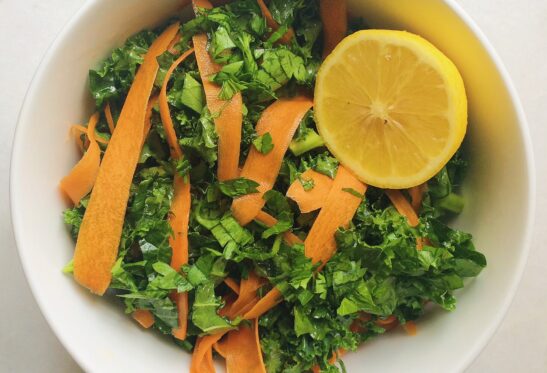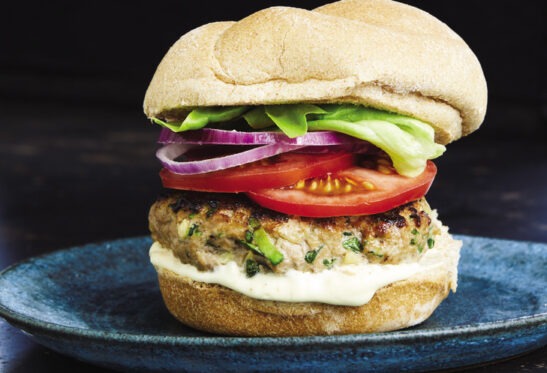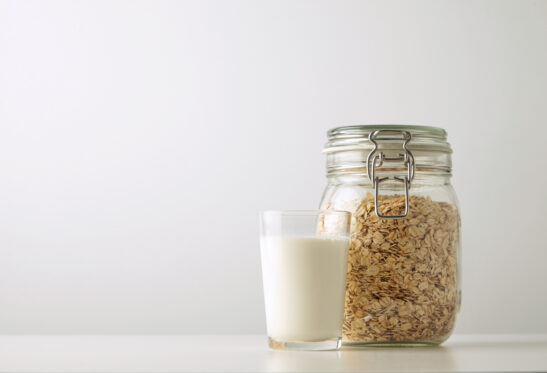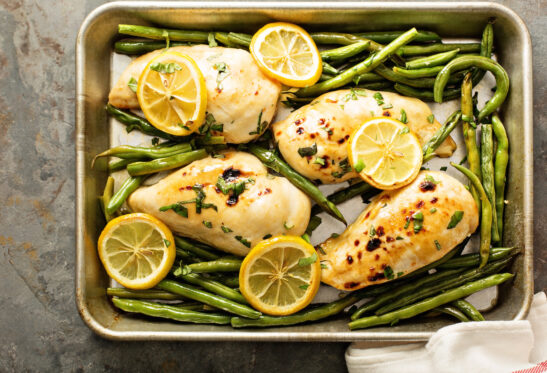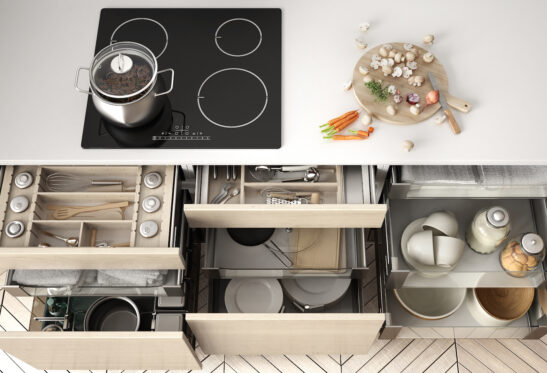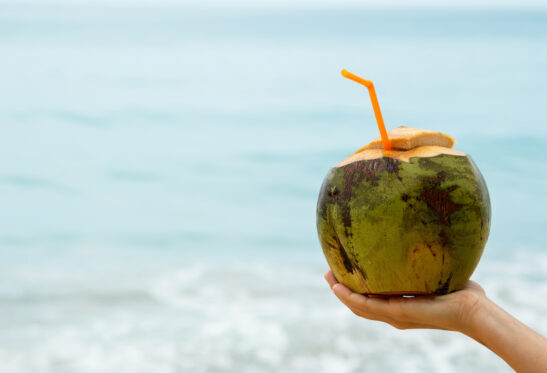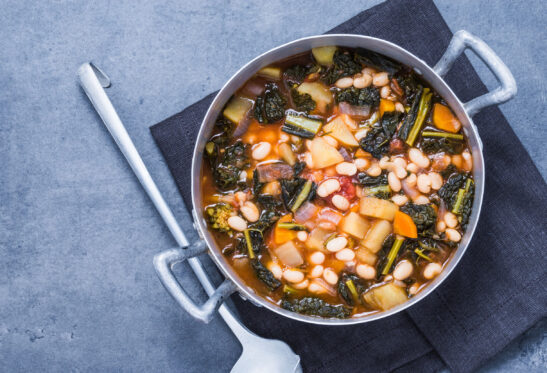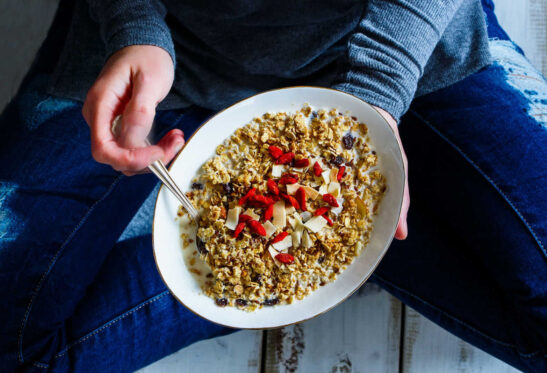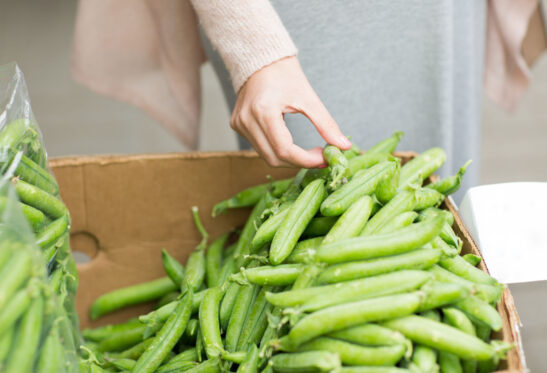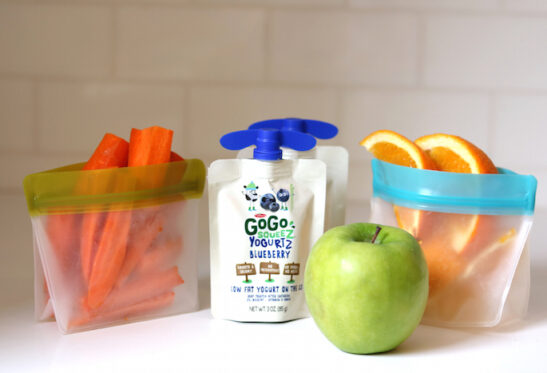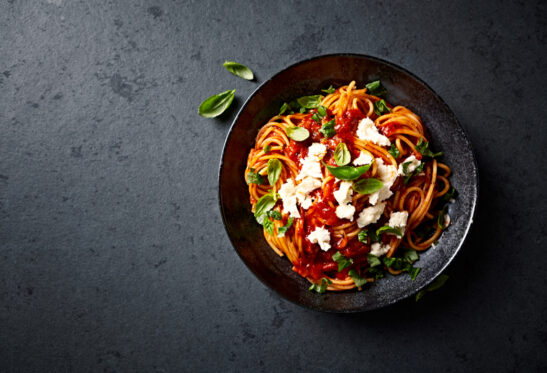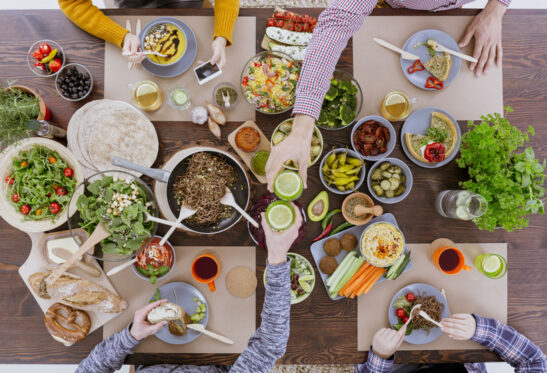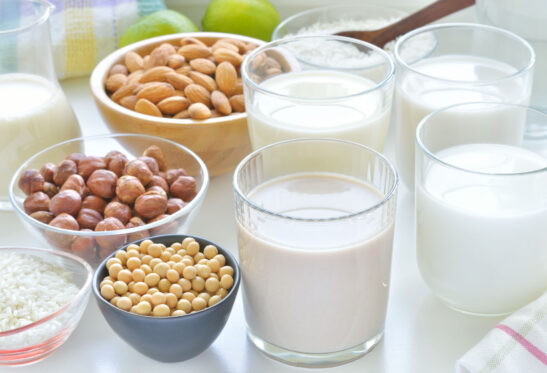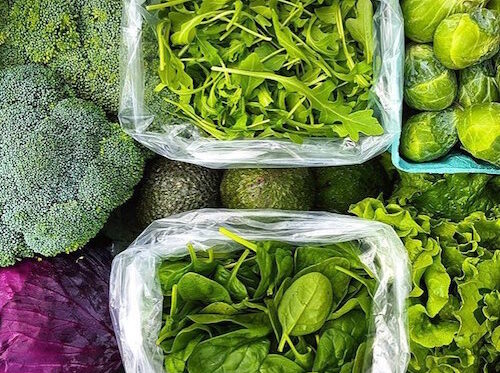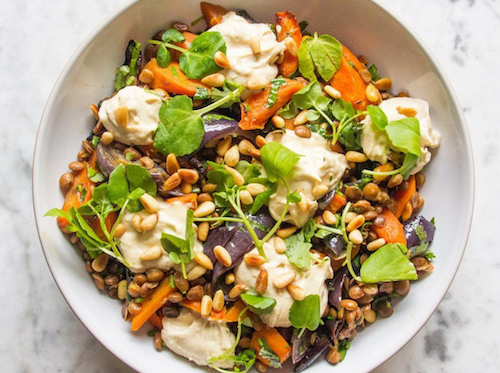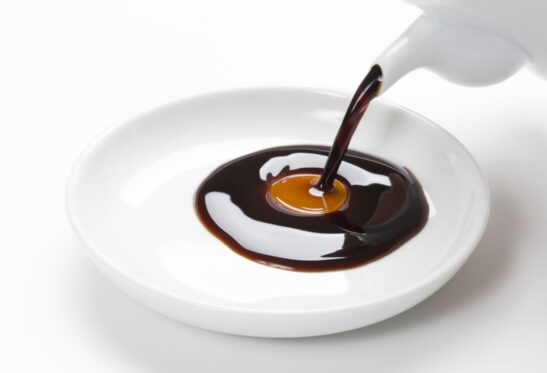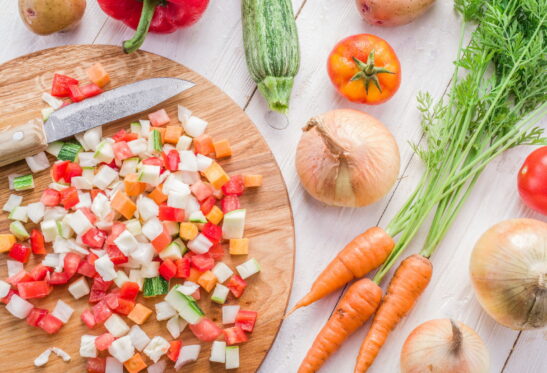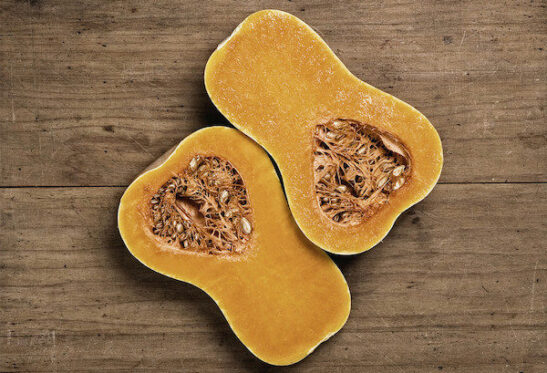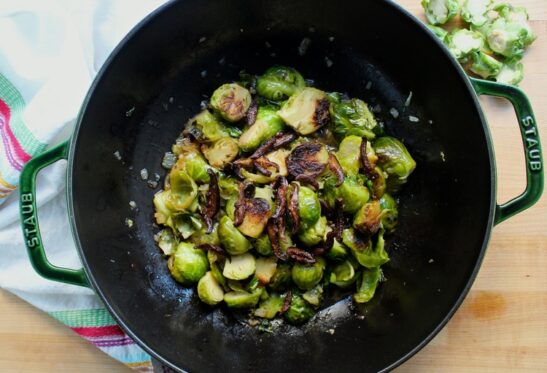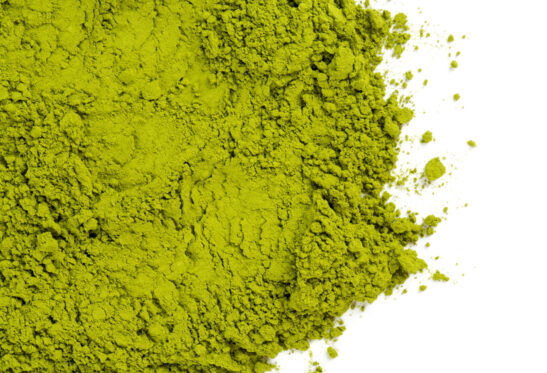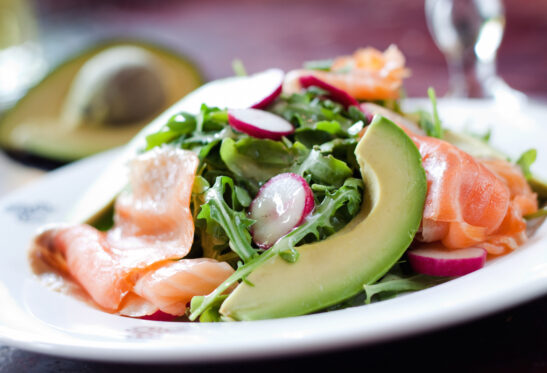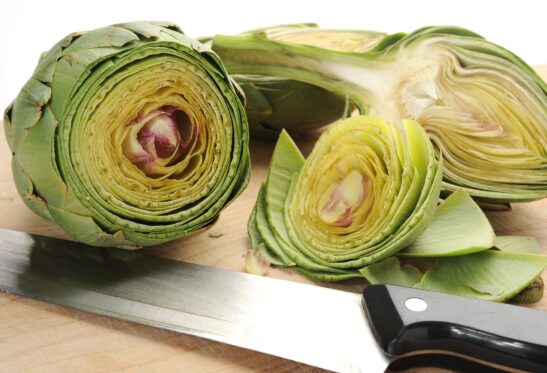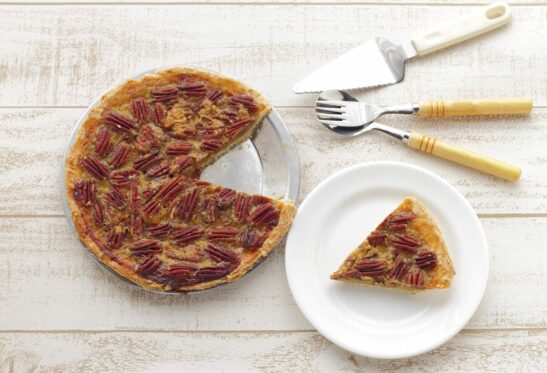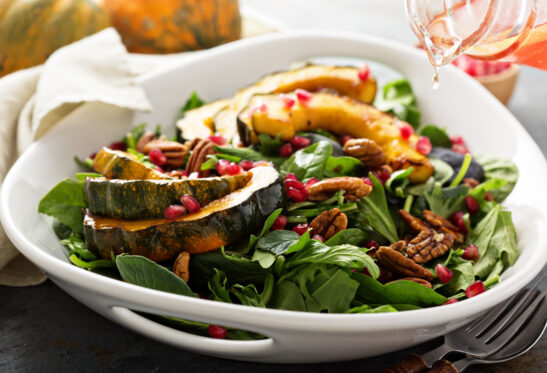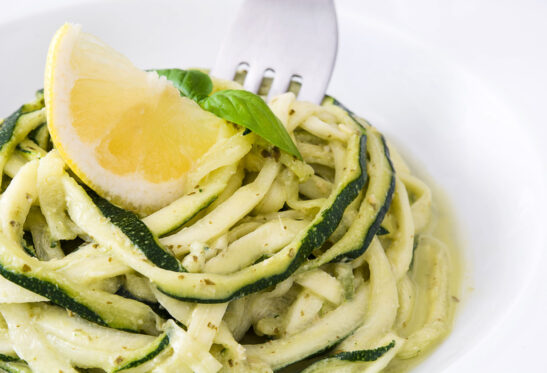Home » Eat Empowered » Wellness Advice from Experts » The 6 Best Gluten-Free Flours
Some might say that there’s a fine line between a muffin and a cupcake—but I like to think that there’s a fine line between a muffin and a salad.
Okay, okay—so maybe that’s a maaaaaajor stretch, but if you choose your ingredients wisely, you can do yourself a real nutritional favor the next time you’re craving a delicious home-baked treat.
You’ve probably already tried replacing oil with applesauce and eggs with ground flax and water, but have you moved beyond your container of all-purpose flour?
Gluten free flours can can give your favorite baked goods a flavor AND nutrition twist, so it’s time to update your pantry. Today, I’m sharing my favorites.
The 6 Best Gluten Free Flours
Almond Flour – Great for those seeking low carb, higher protein treats. While high in fat—and mostly “good fats”—almond flour also contains a large amount of omega-6 fatty acids. Though it’s an essential fatty acid (your body can’t create it on it’s own so you must get it from your diet) they are also proinflammatory, and therefore potentially detrimental to your health in high amounts.
Try balancing the flour with chia or flax seeds – good sources of anti inflammatory omega-3s. Try making banana bread with almond flour instead of your favorite all-purpose gluten-free blend.
Almond flour is a source of calcium, which is important for optimal bone health, magnesium, which helps the body absorb calcium and relax your muscles and mind, and vitamin E, which helps to protect you against free radicals and toxins that speed up the aging process.
Coconut Flour – A dietary fiber powerhouse, coconut flour is not high in fat but the fat that it does have is of excellent quality. Because it’s highly absorbent and a little goes a long way, recipes with coconut flour tend to call for more eggs or liquids than recipes with other flours.
Baked goods made with coconut flour have a particular dense texture—and, of course, delicious coconut flavor. One of my fave treats to make with it is a cookie that’s actually healthy and perfectly portable for an on-the-go breakfast: mix ⅓ cup coconut flour with 1 cup of your favorite nut butter, 1 egg, ¼ cup maple syrup, 1 teaspoon vanilla extract, ½ teaspoon baking soda, ¼ teaspoon of salt and add in about 1 cup of your favorite mix-in combo (think hemp, chia or flax seeds, shredded unsweetened coconut, dried cranberries, dark chocolate chips or cacao nibs…) Scoop out tablespoon-size dough balls and flatten with your fingers or the tines of a fork and bake at 350-degrees on a parchment lined sheet for 14-15 minutes (should make about 20 or so cookies—enough to share or freeze for another week!).
Coconut flour is a source of trace minerals such as manganese (for hormonal balance), iron (vital for muscle health) and copper (which keeps connective tissues such as hair, skin, nails, and ligaments, strong).
Quinoa Flour – An excellent, all-purpose and versatile flour, quinoa flour is high in protein and works great in many classic recipes. It’s a great way to get more of this ancient super-seed in your diet.
It’s also easy to make at home: just put your uncooked organic quinoa into a strong blender or use a coffee grinder and pulse until a fine powder forms. Then try using it in your favorite cookie recipe.
In addition to being high in protein, quinoa flour is a source of manganese, calcium, and vitamin B2, which helps in energy production.
Garbanzo/Chickpea Flour – So much love for chickpea flour! Between the fiber, the protein, and the versatility, it’s a go-to for savory and sweet recipes alike. My favorite use is for binding healthy fritters; zucchini, carrot, sweet potato—you name it.
You can also make very simple crêpe-like wraps by mixing a 1:1 ratio of chickpea flour and water, allowing to sit for 30 minutes, and then cooking just as you would pancakes.
Chickpea flour is a source of folate, which helps with cellular repair, and also iron and magnesium.
Cassava Flour – Especially great for those who can’t have nuts or coconuts, cassava flour is made from the whole cassava root, also known as yucca. It’s great for gluten-free tortillas, pizza dough, and pasta.
Delicious and chewy pasta dough can be made with a simple mixture of: cassava flour (1 cup), eggs (2 + 1 yolk), olive oil (2 tablespoons) and salt (¼ teaspoon). Roll the mixture into a ball and chill it in the fridge for 30 minutes, then roll it out and slice or shape. Top your cooked cassava pasta with a beautiful veggie sauce for a decadent and healthy meal!
Cassava flour is a source of vitamin C, which helps the body heal and repair—it actually has more C than potatoes or yams! You can also bump up its nutrition profile by including mix-ins like chia, hemp and flax seeds.
Tigernut Flour – There are no nuts in Tigernuts; they’re actually tiny tubers and a super-ancient superfood. This small root vegetable is a stellar source of fiber and resistant starch, which fuels your gut’s good bacteria.
The flour is also naturally sweet so you can cut down on sweeteners (which is always good to do regardless!) You can make delicious no-bake chocolate chip cookies with tigernut flour. It’s hard to come by in regular grocery stores, but if your local health health food shop isn’t carrying it, you can purchase it online.
Tigernut flour is a source of phosphorous, which is just as important as calcium for healthy bones, and zinc, which supports immune system health.
There really isn’t one golden-ticket in the gluten free flours department, so grab your mixing bowl and spatula and dive in to discover which ones call your name.
Also, you’ll be nudging even closer to “salad status” if you include your favorite veggies or fruits in your baked goods—zucchini, sweet potatoes, apples, even avocado—and consider throwing a savory treat into the mix every so often (warm basil and feta cassava flour biscuits, anyone?)
The most important thing is to have fun while creating healthy, nutrient-dense treats.
 About Solana: Solana Nolfo is a holistic health coach and wellness advocate that is Nutritious Life Certified and also certified by The Institute for Integrative Nutrition. She is an active baker who enjoys developing recipes for empowered baked goods that feature nutrient-rich, real food ingredients. Solana also has over 15 years of expertise in marketing and communications. She received her BA from Barnard College, where she was an active student leader and graduated with honors. She credits her San Francisco-based mom with encouraging her to live a nutritious life; she used to be embarrassed of her school lunches (seaweed, always!) but is now proud of her trend-setting roots. Solana lives in New York City with her husband and cookie-loving twin sons and bakes something with bananas almost every weekend. For baking inspiration, follow her on Instagram: @solanastar.
About Solana: Solana Nolfo is a holistic health coach and wellness advocate that is Nutritious Life Certified and also certified by The Institute for Integrative Nutrition. She is an active baker who enjoys developing recipes for empowered baked goods that feature nutrient-rich, real food ingredients. Solana also has over 15 years of expertise in marketing and communications. She received her BA from Barnard College, where she was an active student leader and graduated with honors. She credits her San Francisco-based mom with encouraging her to live a nutritious life; she used to be embarrassed of her school lunches (seaweed, always!) but is now proud of her trend-setting roots. Solana lives in New York City with her husband and cookie-loving twin sons and bakes something with bananas almost every weekend. For baking inspiration, follow her on Instagram: @solanastar.
Solana Nolfo is a healthy baking expert, culinary health coach, and founder & CEO of Solana's Sweet Life
RECENT ARTICLES

Want a sneak peek inside the program?
Get FREE access to some of the core training materials that make up our signature program – Become a Nutrition Coach.
Get Access Eat Empowered
Eat Empowered




























































